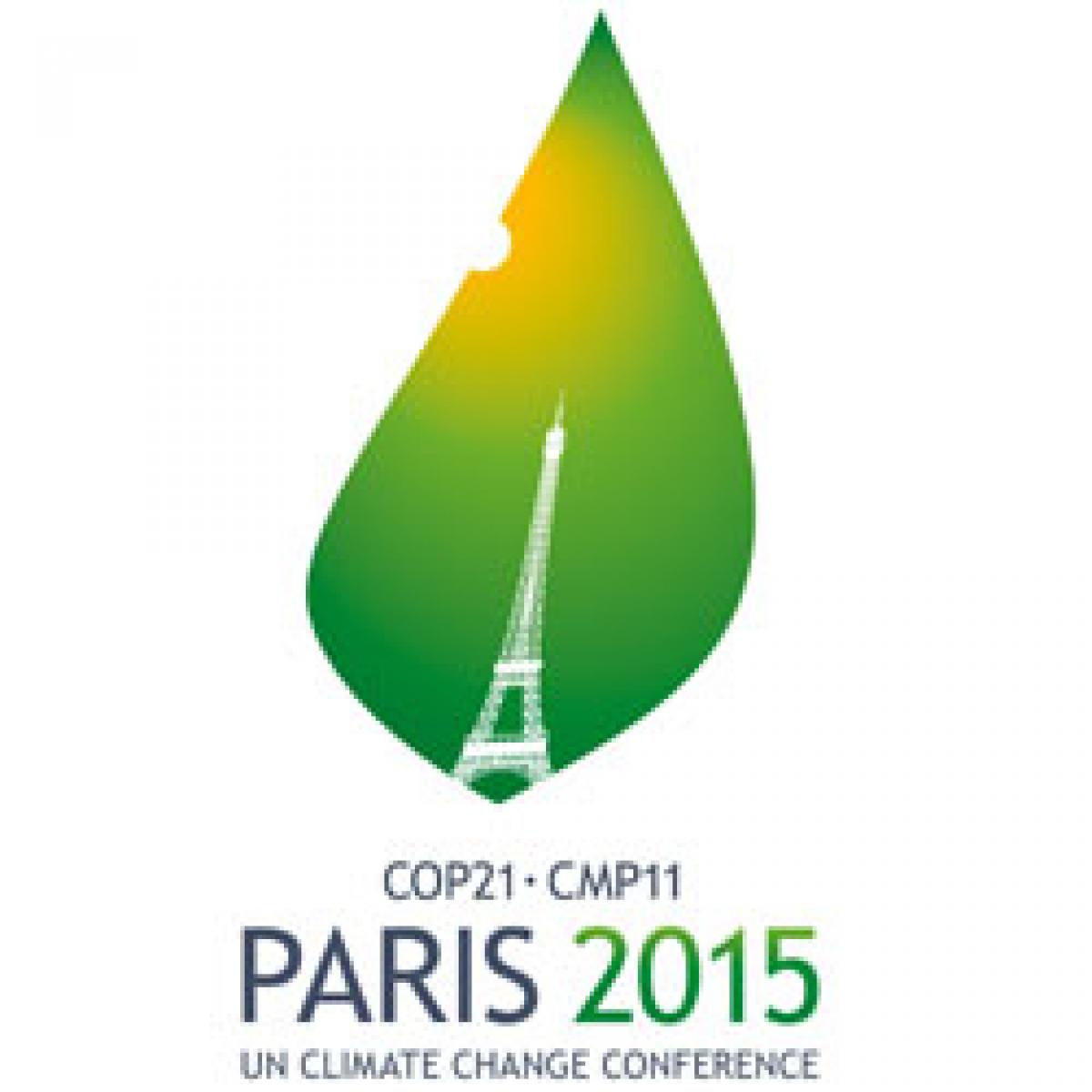Live
- IPO-bound Senores Pharma, Dr. Reddy's Labs launch ivermectin tablets in US
- PAN 2.0: What is PAN 2.0, Benefits, Impact on Business and How to Apply
- Air India optimises key domestic metro routes post Vistara merger
- Mid-Day Meal Scare in Telangana: 30 Students Hospitalized
- UN chief welcomes Israel-Lebanon ceasefire agreement
- Fishermen stranded in sea rescued by officials at Krishnapatnam Port
- iOS 18.2 brings ChatGPT and Image Playground: Apple's next AI-powered leap
- India, UK need to collaborate in AI, tele-medicine, agri tech: Piyush Goyal
- Unidentified Vehicle Rams VH’s Car in Hyderabad
- After Udaipur, dispute surfaces in erstwhile royal family of Bikaner
Just In

The Paris Climate Conference is officially known as the 21st Conference of the Parties (or “COP”) to the United Nations Framework Convention on Climate Change (UNFCCC), the United Nations body which is responsible for climate and based in Bonn, Germany. The Conference will also serve as the 11th Meeting of the Parties to the Kyoto Protocol.
 Why the conference is called COP21?
Why the conference is called COP21?
The Paris Climate Conference is officially known as the 21st Conference of the Parties (or “COP”) to the United Nations Framework Convention on Climate Change (UNFCCC), the United Nations body which is responsible for climate and based in Bonn, Germany. The Conference will also serve as the 11th Meeting of the Parties to the Kyoto Protocol.
The COP meets each year to take decisions that further the implementation of the Convention and to combat climate change. COP21 will take place at the same time as CMP11, the 11th meeting of the Parties to the Kyoto Protocol, which oversees the implementation of the Kyoto Protocol and the decisions made to increase its effectiveness.
What are the INDC’s?
INDCs stand for ‘Intended Nationally Determined Contributions’, and are climate action plans submitted by each country ahead of the COP21. They outline how, and by how much, countries will reduce their emissions, and the actions they will undertake to strengthen climate resilience.
Will the INDCs be enough?
No. The INDCs are a floor for action, not a ceiling. Current estimates indicate that even if countries implement INDCs, the planet would still experience an increase in global temperature between 2.7-3.5 degrees Celsius (depending on assumptions used in the modeling). This is still too high, but it is still better than continuing on a ‘business as usual’ path which would result in a global temperature increase of more than 4 degrees Celsius. Negotiations are continuing over a mechanism for reviewing and strengthening the level of ambition in order to reach the goal of 2 degrees Celsius or less.
Why do people keep talking about a 2 degrees Celsius limit in global temperature rise?
The goal of limiting global temperature rise to 2 degrees Celsius (3.6 degrees Fahrenheit) by the end of this century was first agreed to in Copenhagen and then by all countries at the Cancun Climate Conference in 2010. It recognises that climate change is already occurring, but that if we act now, we can avoid the worst impacts of a changing climate.
The Intergovernmental Panel on Climate Change has provided different scenarios regarding different levels of action. If nothing is done, and the world proceeds on its present course, world is on track for an average global-temperature rise of four degrees Celsius (more than seven degrees Fahrenheit) by the end of this century.
Owing to the carbon emissions that have been pumped into the air so far, average global temperatures have risen by about 0.85 degrees Celsius (1.5 degrees Fahrenheit). This relatively small increase has produced large effects: almost half of the permanent Arctic ice cap has melted away, millions of acres’ worth of trees in the American West have died from warming-related pest infestations, and some of West Antarctica’s major glaciers, containing tens of thousands of cubic miles of ice, have started to disintegrate. Even if CO2 levels were to stop rising tomorrow the world would continue to warm, by about .5 degrees Celsius (.9 degrees Fahrenheit).
Is there still time to act?
Yes, according to the IPCC report—the Intergovernmental Panel on Climate Change—we can still limit global temperature rise to below 2 degrees. But we must act urgently, with the full participation of all countries and all sectors of society. The longer we delay the more difficult and more costly it will be to limit climate change.

© 2024 Hyderabad Media House Limited/The Hans India. All rights reserved. Powered by hocalwire.com







